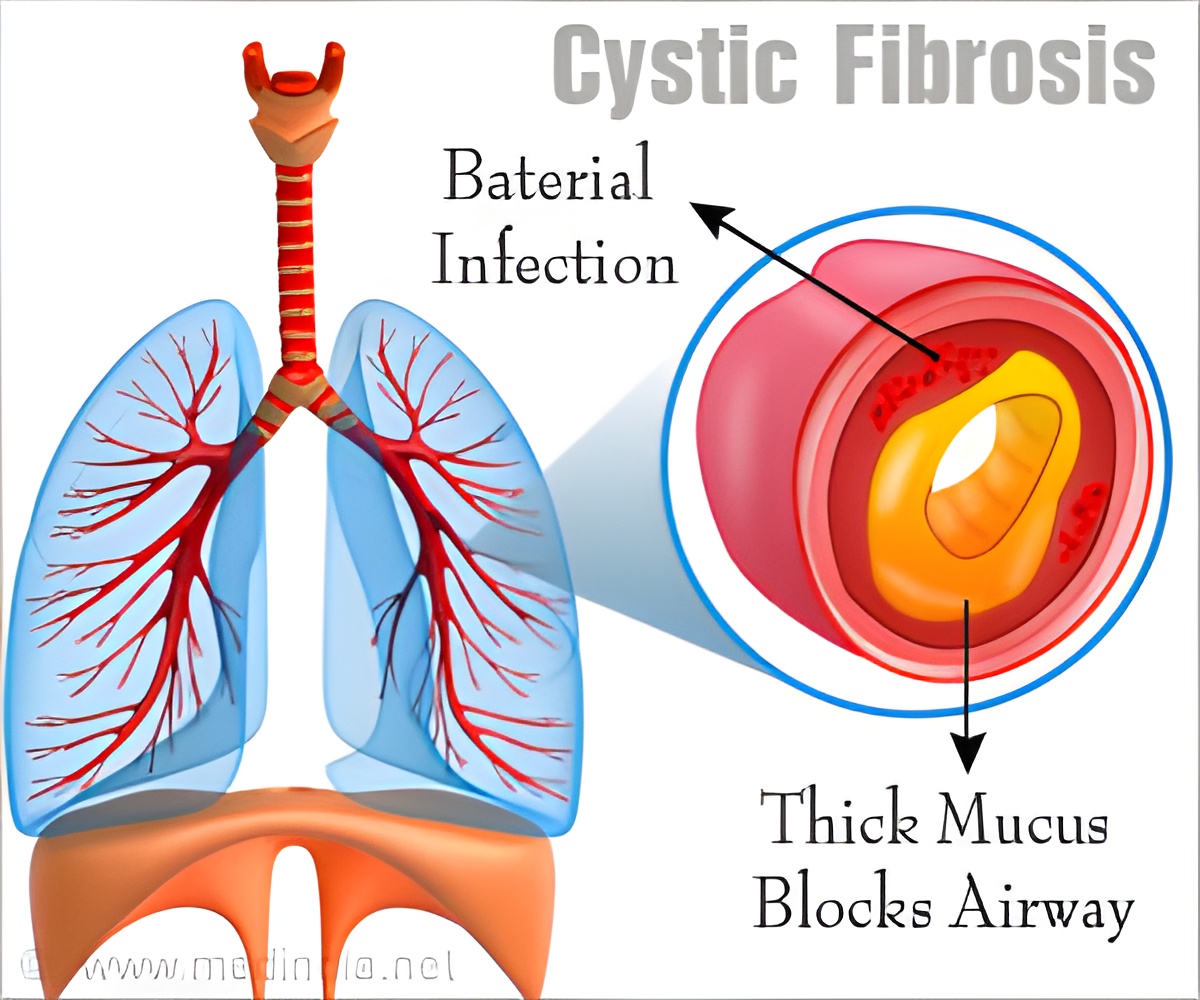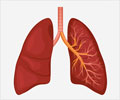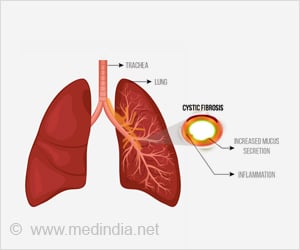Improved access to medical care under the Medicaid Children's Health Insurance Program has an impact on the recovery from cystic fibrosis.

‘Earlier implementation of newborn screening for cystic fibrosis or quality improvement initiatives for the disease and improved access to medical care might be the reasons for the improved health status.’





The study, funded by the U.S. Cystic Fibrosis Foundation, used data from 37,772 patients in the U.S. Cystic Fibrosis Foundation Registry and 5,149 patients in the Canadian Cystic Fibrosis Registry. The study compared changes in the two counties in lung function and body mass index among CF patients.The lead author of the study is Dr. Christopher Goss, a University of Washington School of Medicine professor of pulmonary and critical care medicine and pediatrics. He practices at UW Medicine’s Pulmonary Clinic at University of Washington Medical Center in Seattle. The senior author is Dr. Anne L. Stephenson, of St. Michael’s Hospital in Toronto.
Healthy Weight and Lung Function
Maintaining weight is a key prognostic marker in cystic fibrosis and nutritional failure is a serious problem in the disease. Persons with cystic fibrosis born after 1990 in the U.S. have better nutritional status now than their counterparts in Canada.
Lung function, another key measure of health in cystic fibrosis, improved in both the United States and Canada; however, the rate of improvement in lung function was greater in all age groups in the United States compared to Canada.
Advertisement
In this study, the median FEV1 % predicted for U.S. children ages 6 to 18 years increased by 2.9 percent per 5 years compared to Canadian children who had a median FEV1 % increase of 2.1 percent per 5 years. This reflects an almost 40% higher value in the United States compared to Canada.
The lung function in U.S. patients older than 40 years of age remained below that of Canadians in the same age group for the entire study period, although the rate of change in the United States was faster than in Canada.
Reason Behind The Recovery
The faster rate of improvement in lung function and nutrition in the United States, the researchers suggested, may be due to earlier implementation of newborn screening or quality improvement initiatives for the disease and improved access to medical care under the Medicaid Children’s Health Insurance Program (CHIP) in the United States.
The CHIP program was signed into U.S. federal law in 1997. This law gives states federal matching funds to provide health coverage to children in families whose household income is too high to qualify for Medicaid, but who cannot afford private coverage.
Introduction of this program improved access and quality of healthcare for children and adolescents in the United States. No similar program exists for young adults in the United States. CHIP may be contributing to the improved lung function and nutritional status now being seen in younger patients in the United States, the researchers noted.
"The findings from this study are encouraging in that they support positive trends in the health of people with CF in both Canada and the U.S., " said Dr. Bruce Marshall, lead study investigator for the Cystic Fibrosis Foundation and senior vice-president of clinical affairs for the organization.
"As a community, we can all take pride in these improvements while continuing to learn as much as we can to slow down the progression of this disease and improve the quality of life for all those living with it."
Cystic fibrosis results from an inherited gene variant. The gene’s protein product causes unusually thick, sticky mucus. This clogs the lungs and leads to life-threatening lung infections. The disease also obstructs the pancreas and stops natural enzymes from helping the body break down and absorb food. The most common reason for death in cystic fibrosis patients is progressive lung disease.
Source-Eurekalert















